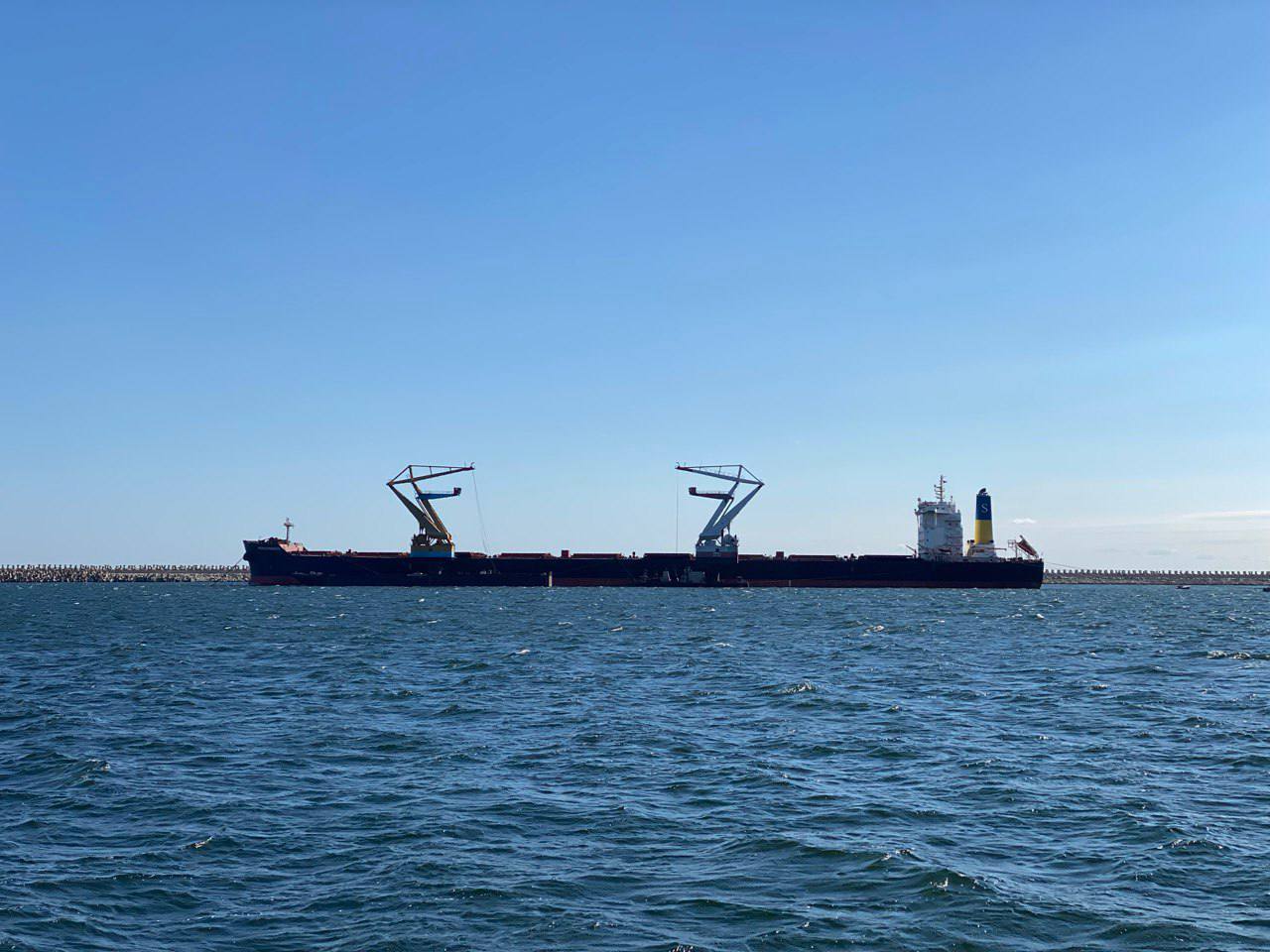Significant investments in ports’ decarbonization infrastructure are needed in developing countries to ensure a fair and equitable energy transition, a new report found.
As discussions on a mid-term market-based measure continue at this week’s intersessional meeting of the International Maritime Organization (IMO) Working Group on Reduction of GHG Emissions from Ships (ISWG-GHG 17), a document has been submitted by the International Association of Ports and Harbors (IAPH) to the IMO presenting the findings of a study it commissioned from Maritime & Transport Business Solutions (MTBS) to make on port climate adaptation and decarbonization investment needs of developing nations.
Titled “Study on Investment Requirements of Developing Countries for Port Decarbonisation and Adaptation to Climate Change”, the report explored the current state of port adaptation and decarbonization infrastructure in developing nations, with case studies from Brazil, India, Indonesia, Kenya and the Solomon Islands, and identified the investments needed to ensure a fair and equitable transition.
In summary, the report reached the following conclusions:
The examples in the study demonstrate investments in port adaptation and decarbonization infrastructure varying widely depending on port size, location, existing infrastructure, activities, and prior adaptation and mitigation plans.
That said, based on estimations, it is predicted that the aggregate total investment needs for ports in developing nations lie between $55 and 83 billion.
Ports in developing countries tend to prioritize adaptation (resilience) investments over mitigation (decarbonization) investments. The higher the vulnerability and the smaller the port, the more prominent this development. The small island ports in Indonesia and on the Solomon Islands are the most outspoken on this. This is problematic, as adaptive measures like building storm barriers have no underlying economic business case except the potential protection from future economic loss due to disruption of the activities. The study also found that the costs of climate adaptation are a magnitude higher than those associated with mitigation.
“As was mentioned in our submission of this report from MTBS, tackling climate change in the maritime industry means adopting both adaptation and mitigation measures in ports. Adaptation is focused on keeping the ports trading and making sure they are protected against the onslaught of extreme weather disruptions. Mitigation entails investing in infrastructure improvements to reach net-zero GHG emissions as soon as possible. Only through a combination of both actions can ports build resilience and secure their future,” Patrick Verhoeven, Managing Director of IAPH, commented.
“With the current proposals for the basket of candidate mid and long-term measures on the table at this week’s intersessional meeting of the IMO Working Group on Reduction of GHG Emissions from Ships (ISWG-GHG 17), IAPH remains neutral as to the choice of instrument. However, it is supportive of a carbon- pricing mechanism that will provide a strong incentive to invest in the necessary port infrastructure to enable both the commercial viability of low- and zero-carbon fuels and to support a just and equitable transition.”
“The risk of a market-based measure increasing transport costs, which places added pressure on countries with lower efficiency infrastructure and less connectivity to the global trade network, could be offset by the potential revenues allocated to them for port-related adaptation and mitigation measures to kick start the energy transition. Never has the need been greater from shipping and ports to unify with the energy sector to motivate sovereign funds to provide the necessary stimulus to off-takers. They, in turn, will attract the private investment partners necessary to reach Final Investment Decisions for energy transition infrastructure in and around ports,” Verhoeven concluded.






